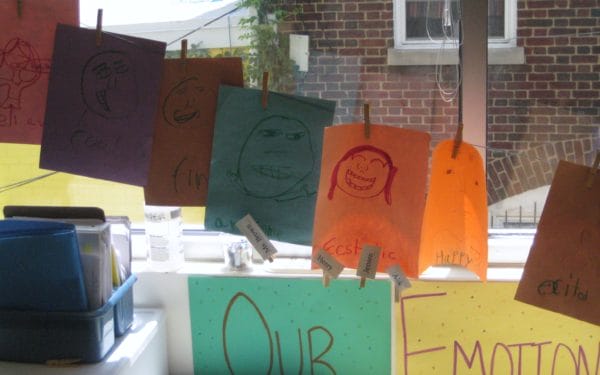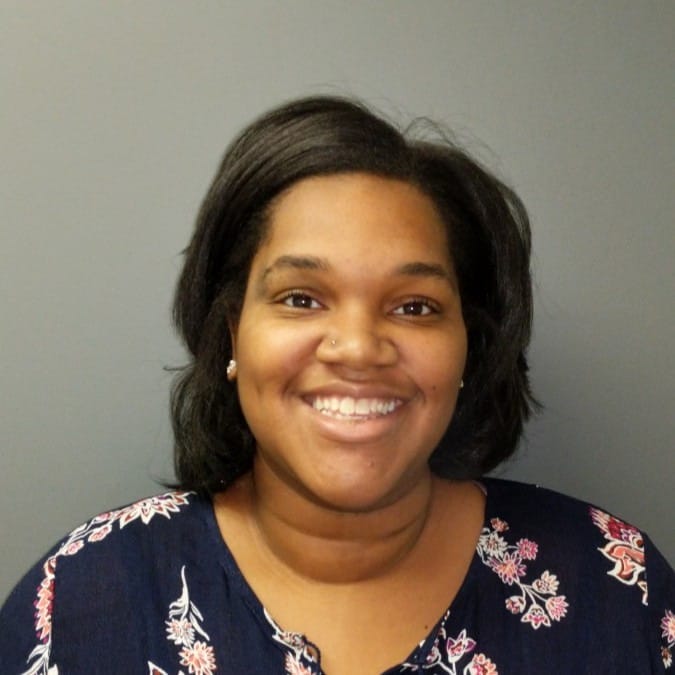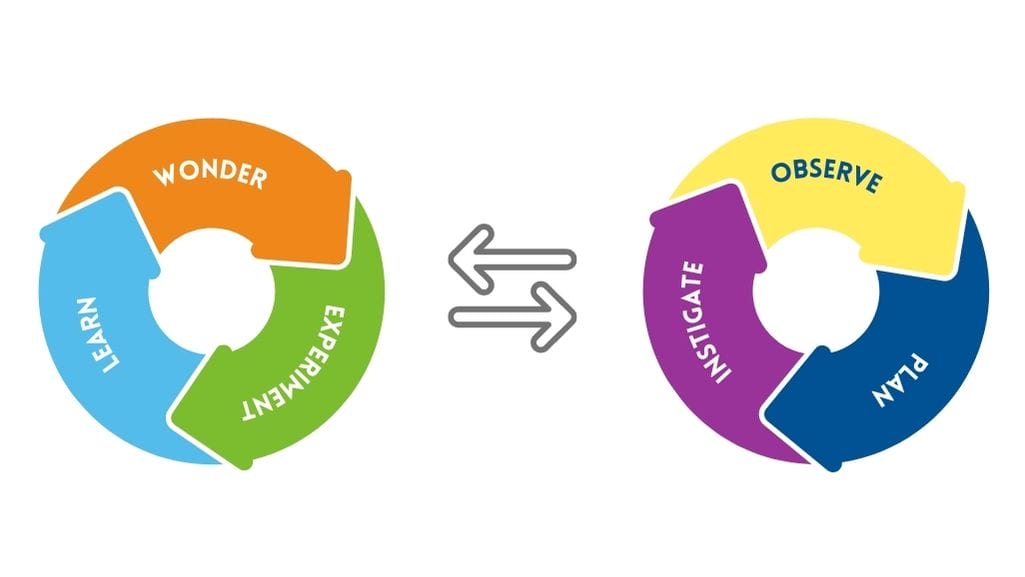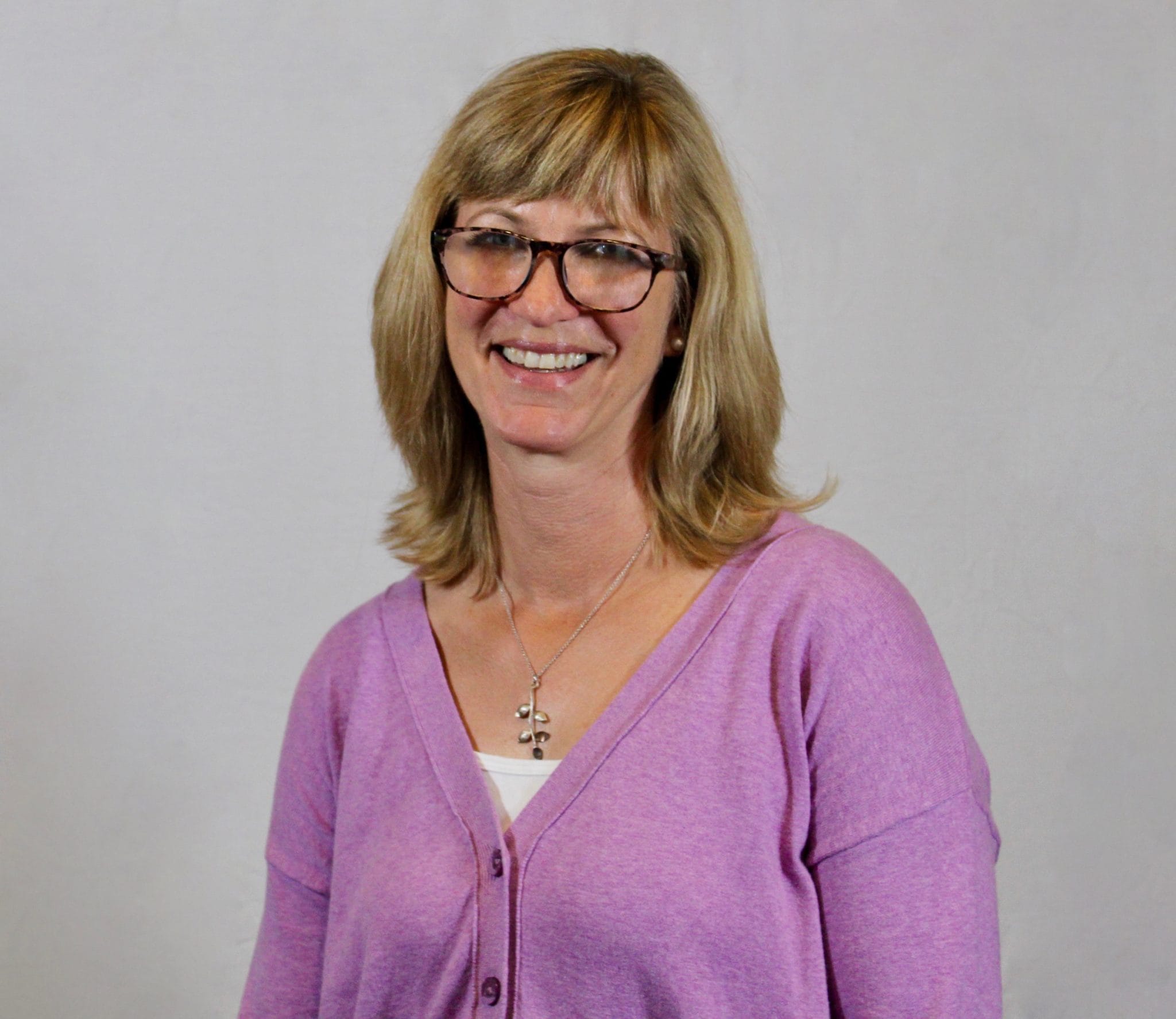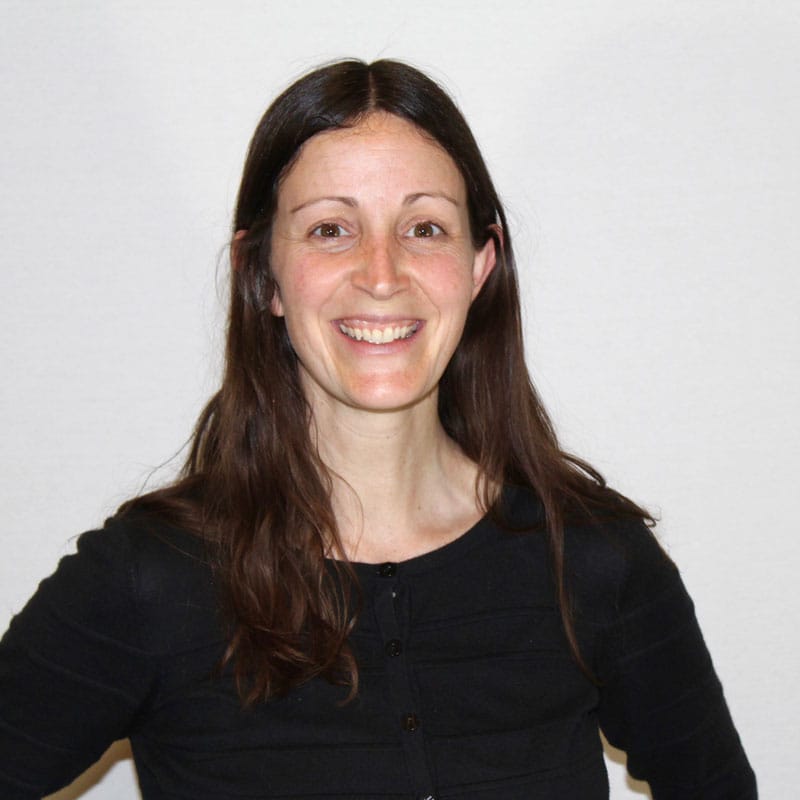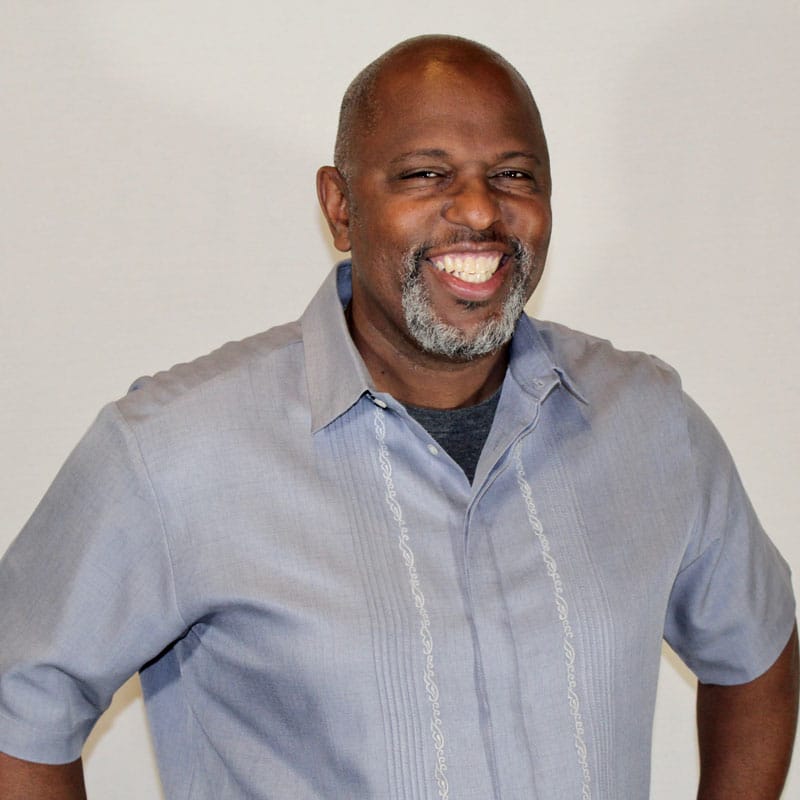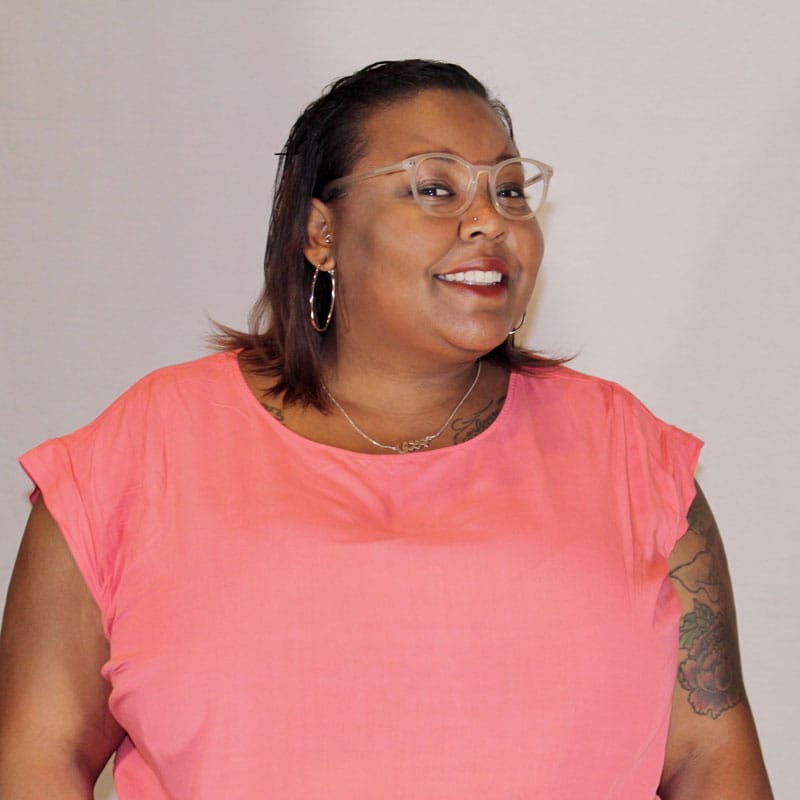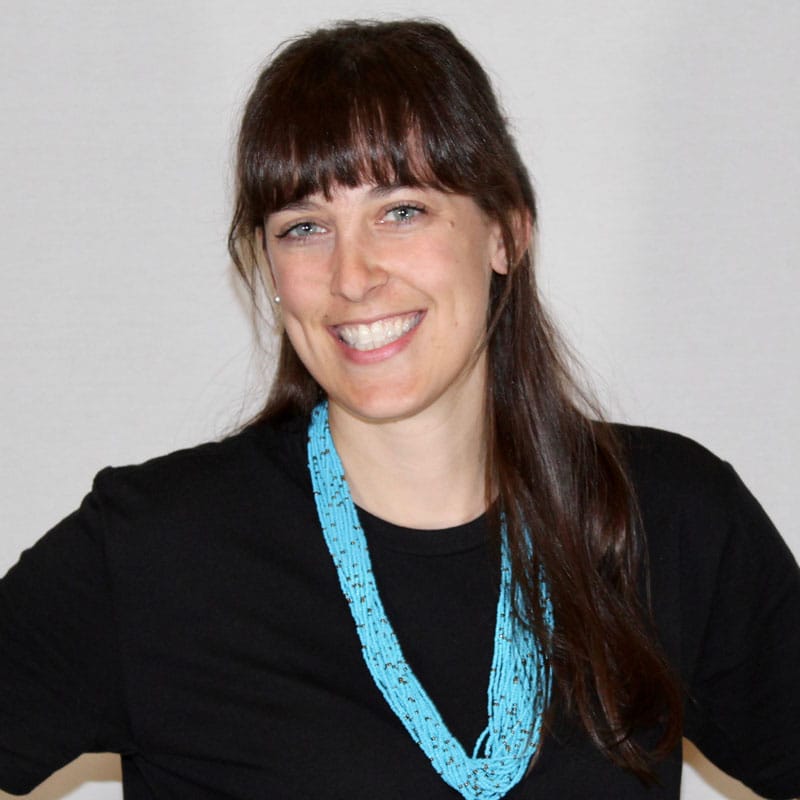March 16, 2015
(Photos: Sammy Magnuson/Center for Inspired Teaching)
This piece was written by Sammy Magnuson, Inspired Teaching’s Project Manager.
Recently, I listened with interest as a visitor to the Inspired Teaching Demonstration School asked a panel of the school’s teachers, “Where does empathy appear in your classrooms?”
As an Ashoka Changemaker School, the Demonstration School is committed to building empathy in students as a “changemaking” skill. This visitor, one of the many who toured the Demonstration School as part of the 2015 Ashoka U Exchange, wanted to understand what building empathy looks like in practice.
Jon Berg, a first grade Lead Teacher at the Demonstration School and one of the panelists, described the emotional continuums that adorn each classroom.
He explained how these help the teacher keep track of how students are feeling throughout the day. More importantly, he noted, it helps his students stay accountable to one another. He emphasizes that his classroom is a community. He regulates disruptive behavior not through punishment, but by asking the student, “How is your behavior affecting the classroom community? Are you helping it or hurting it?”
Latisha Coleman, 5th-6th grade Master Teacher and the Middle School Principal, added that empathy can be seamlessly integrated into history lessons, not only to help build a productive and unified classroom, but also to enhance learning. The other day, one of her students posed a question to the class about how Mayor Bowser was doing in her term. In response, Latisha asked her students to consider not just what they thought, but what other people might think, why they might think it, and how you might change their minds if you disagreed. Through the resulting conversation, her students learned about civics and history, built their debating skills, and developed a more sophisticated perspective of current DC politics – all while learning to empathize.
Earlier that morning, as we walked from classroom to classroom, some visitors remarked upon how the students moved freely, but without disrupting their peers’ learning. One visitor sat beside a 6th grade student who, inspired by a science project in which she constructed a model levy, decided to write a journal through the eyes of a 13-year old girl experiencing Hurricane Katrina as it hit. Another visitor knelt on the floor to join a teacher and a group of second grade students, who were manipulating blocks in order to count in groups – laying the conceptual foundation for multiplication.
These were moments of students and teachers exploring content and learning empathy. To write about an event that happened before she was born, the 6th grader had to grasp a foreign perspective. To introduce a new mathematical concept to his students, the teacher playing with blocks had to put himself in the shoes of his young students – starting with what they already understood and do well before moving to explore something unfamiliar.
For all the teachers at the Inspired Teaching Demonstration School, empathy is a powerful tool. It is fundamental to how they structure their classrooms and how they teach their students. They imagine learning from the student’s perspective, meet their students where they are, and build lessons from there. They find ways to engage their students’ inherent curiosity and guide their discoveries.
Empathy, after all, is not merely a social-emotional skill; it is a cognitive one as well. In the words of empathy expert Roman Krznaric, empathy is “the ability to step into the shoes of another person, aiming to understand their feelings and perspectives, and to use that understanding to guide our actions.” By increasing our understanding of others, empathy helps us strengthen our relationships, improve our work, and start building a better world.
When I heard Mr. Krznaric speak this winter to graduates of the Inspired Teacher Certification Program, he called upon these teachers to “start an empathy revolution.” At the Inspired Teaching Demonstration School, the students are learning to do just that.
